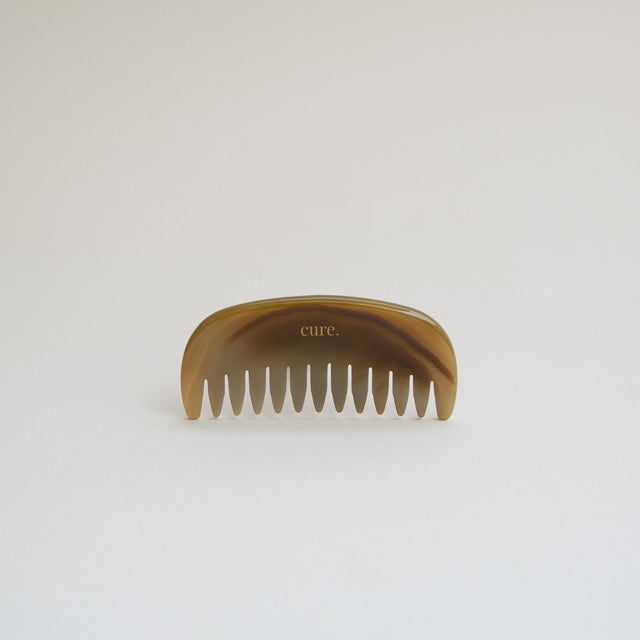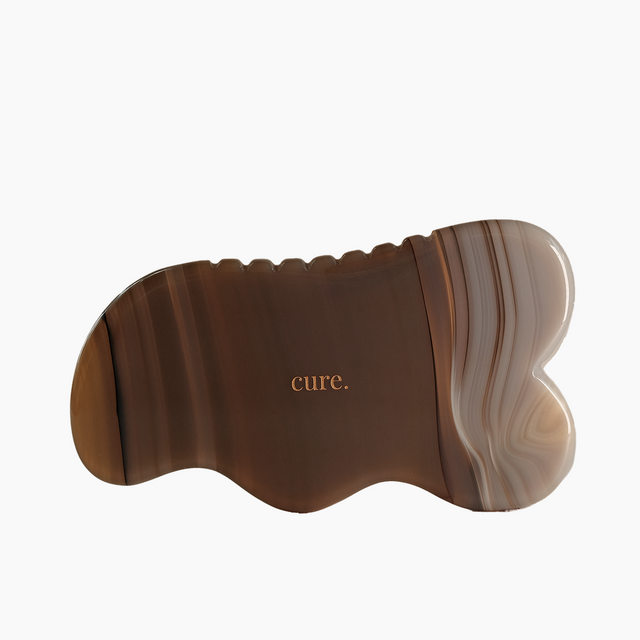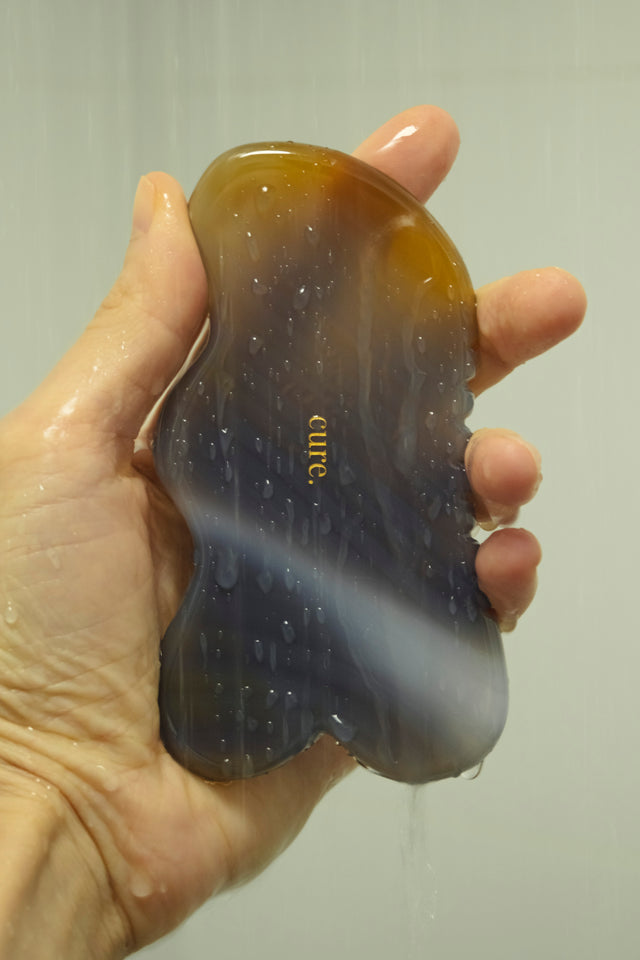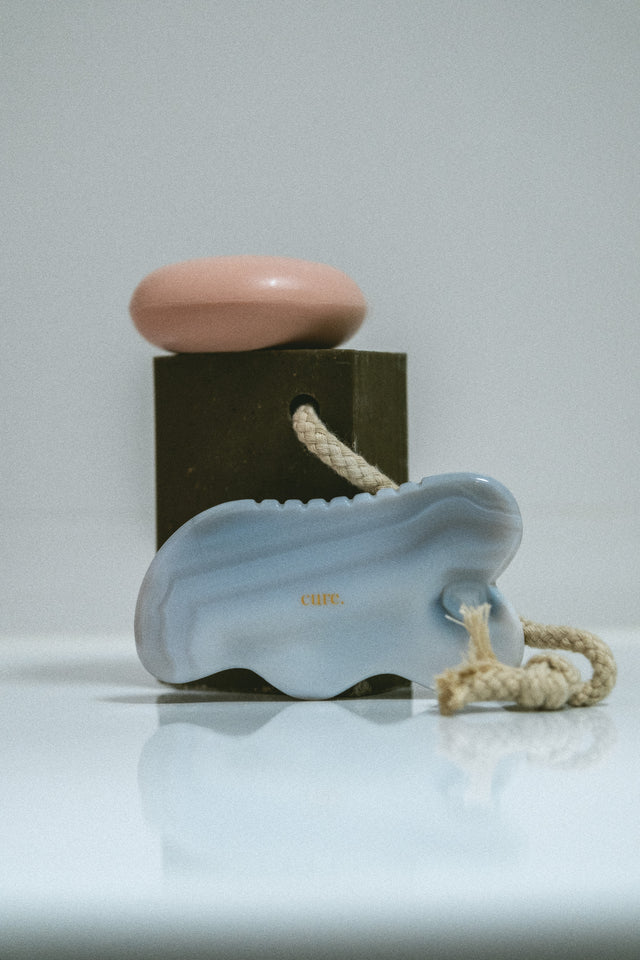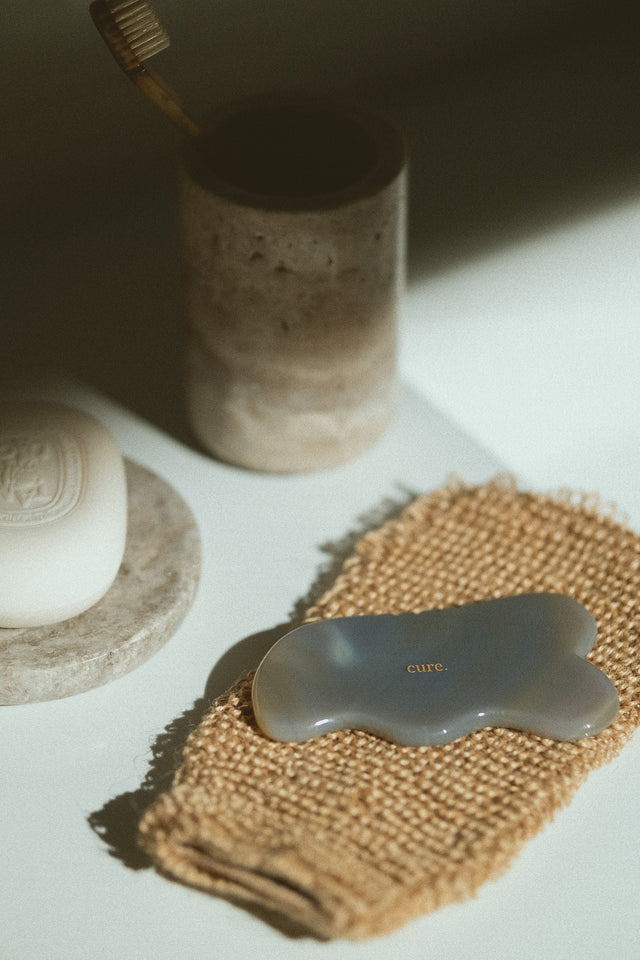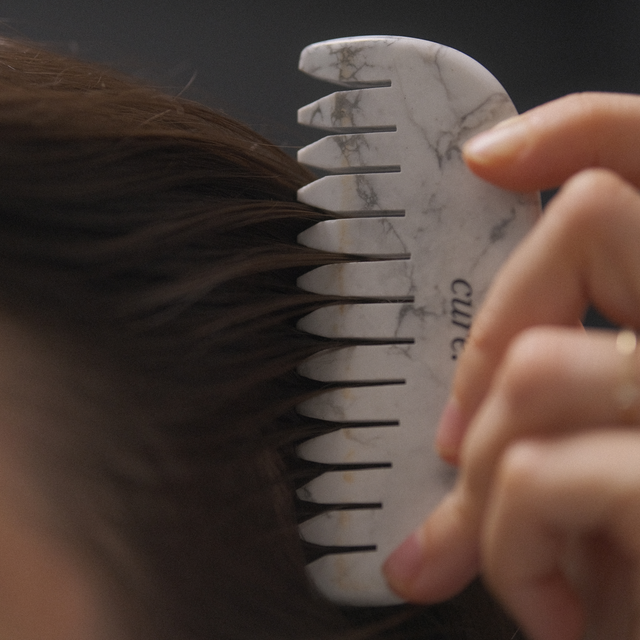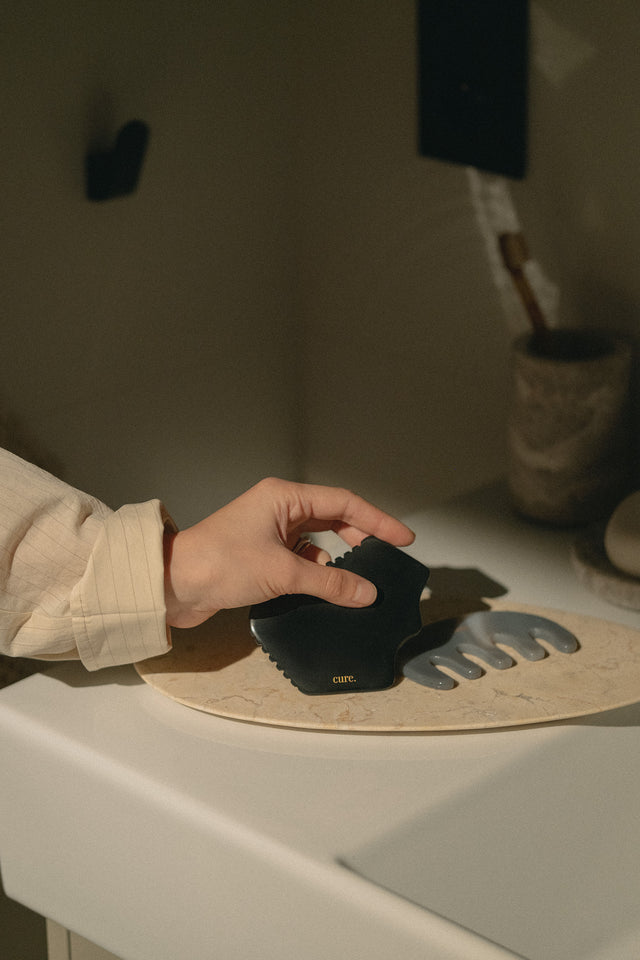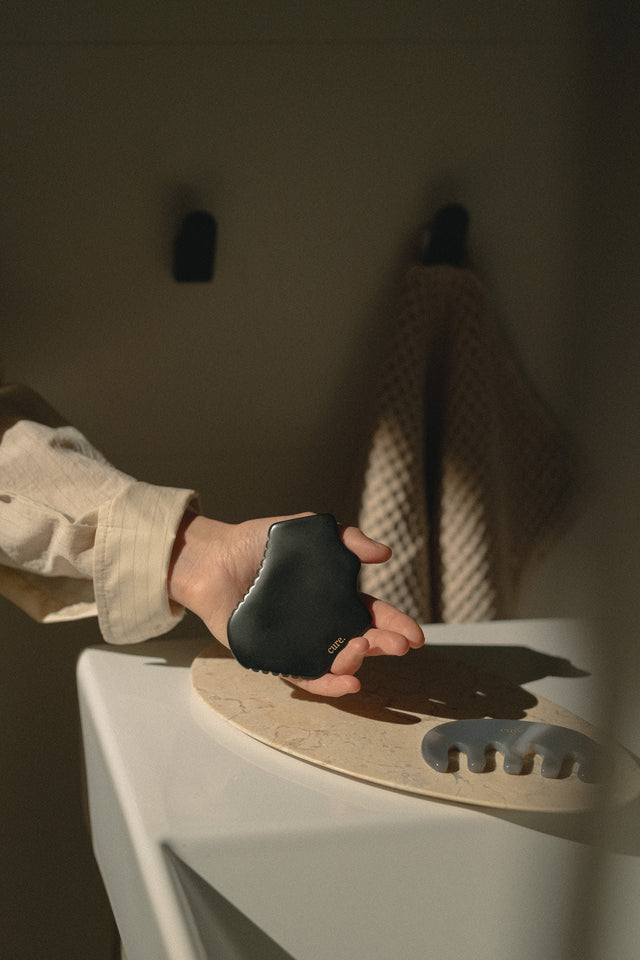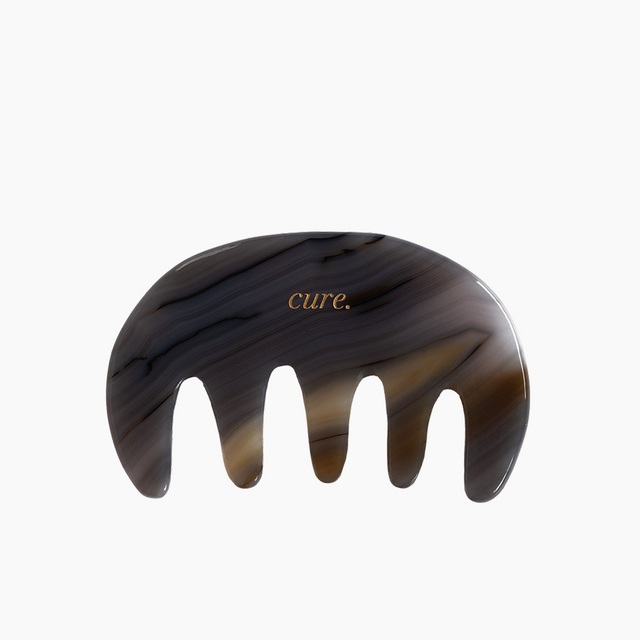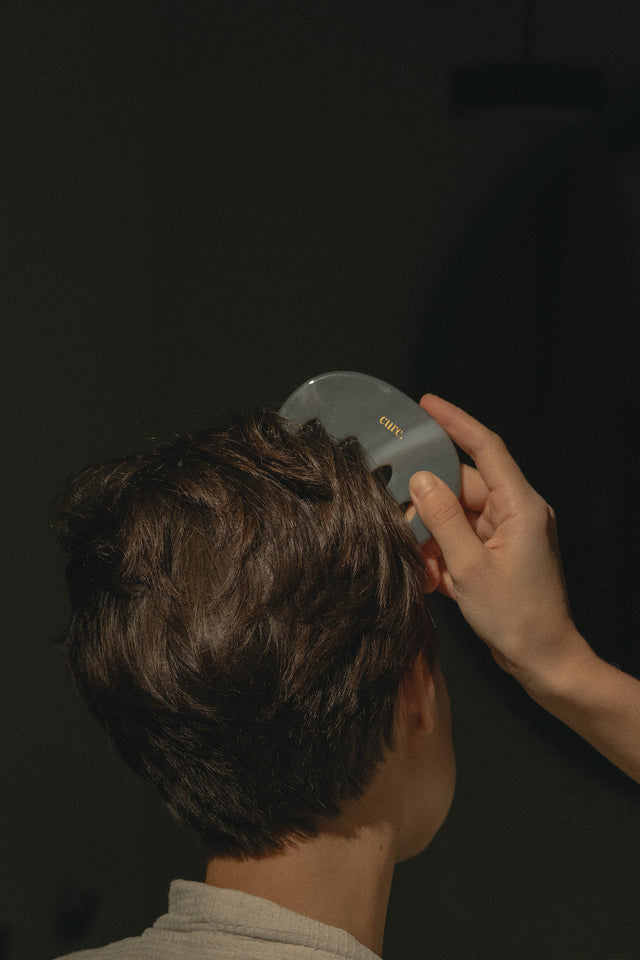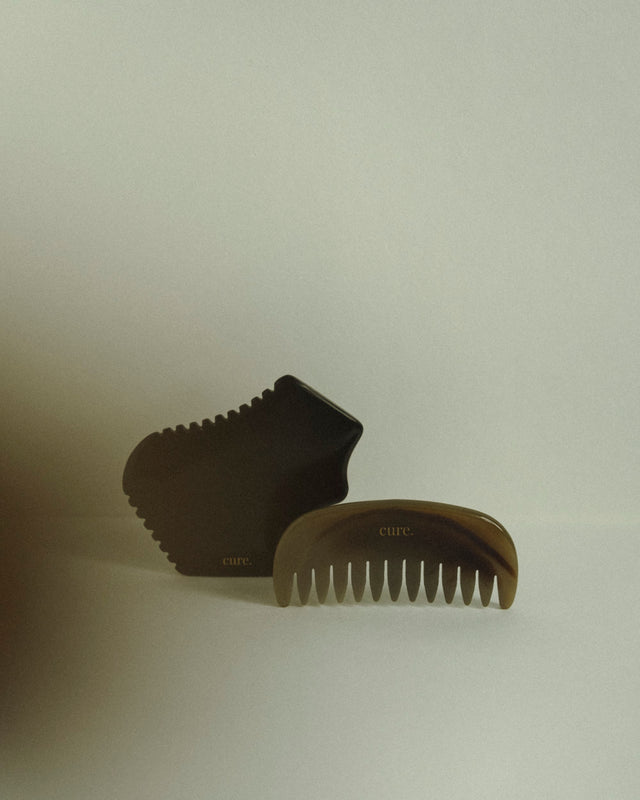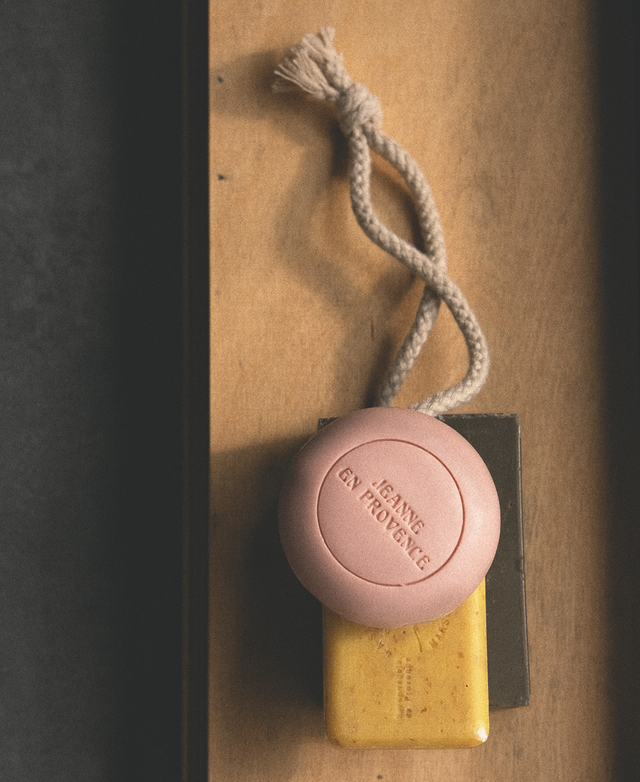Skin Sebum: what it is and how to reduce its production
Enlarged pores, acne, and oily sheen – all these are closely linked to the increased production of sebum. So, what is it and how can it be controlled?
Sebum is a secretion produced by sebaceous glands. These glands are most active on the face, upper chest, and back. Normally, an adult excretes up to 20 grams of sebum per day, but under various influences, the body begins to produce more than necessary.
If too much sebum is produced, the skin becomes oily. Additionally, excess sebum can lead to the development of acne. A lack of sebum also negatively affects skin condition, causing dryness, flaking, and fine wrinkles.
Functions of Sebum:
- Natural skin moisturization
- Protection from external influences
- Maintenance of skin pH balance
- Participation in thermoregulation
- Maintenance of normal microbiome
Causes of excessive sebum production:
- Peak activity of sebaceous glands occurs during adolescence and can last up to 25 years due to hormonal changes. Also, increased sebum production occurs during pregnancy and in stressful moments when the level of the stress hormone cortisol rises.
- Unbalanced nutrition, excess fatty foods, and a lack of nutrients stimulate sebum production.
- Insufficient or excessive cleansing, misuse of alcohol-based cosmetics also negatively affect the sebaceous glands.
- Frequent and excessive use of mattifying products.
How to control sebum production:
- Start your beauty routine with cleansing. Choose gentle cleansing products. Even if you have oily skin, this is not a reason to abuse harsh cleansers.
- Regularly exfoliate the dead skin layer.
- Don't forget about sun protection. UV rays stimulate sebum production.
- Do not overly dry out the skin. Daily use of high-acid content products only stimulates the sebaceous glands.
- Include massage with a roller or gua sha in your beauty routine, this will help normalize many processes.


